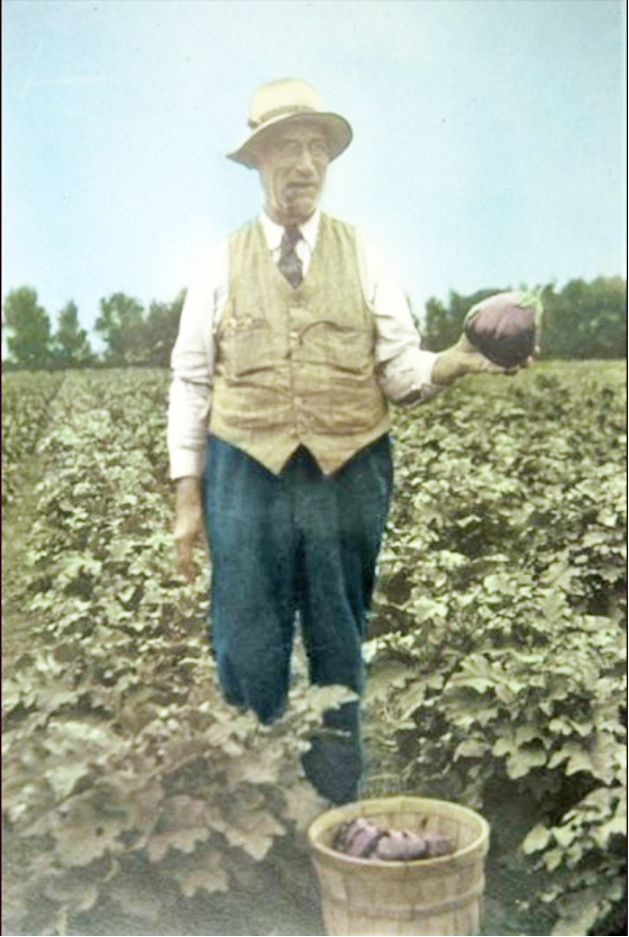Clay County Histories
Markus Krueger | Program Director HCSCC
markus.krueger@hcsmuseum.org
Ray Gesell (1896-1981) grew up in LaCrosse, but he spent a lot of his childhood on the farm where his mom grew up just north of Moorhead. His mother Nellie was the daughter of Randolph and Catherine Probstfield, a pioneer couple who were central to Red River Valley history. Their historic farm is preserved at 4626 Oakport Street North, they are the namesake of an elementary school, and they are the subject of Carroll Engelhardt’s recent book By the Sweat of his Brow: The R. M. Probstfield Family at Oakport Farm.
When Randolph and Catherine died, each of their surviving children received an equal slice of their land. Three unmarried siblings, Josie, Millie, and Andy, remained in the family home and kept their land together, but they were no spring chickens themselves. In 1916, at the age of 19, Ray Gesell moved in with his aunts and uncle, bringing his mother’s share of the land with him.
For the next 61 years, Ray was the energy behind the family farm. But that first quarter century was real rough. In 1973, Ray was interviewed about farming during the Great Depression, which started early for farmers.
“During those years of the late ‘20s it was touch and go for everyone,” he recalled. Low prices for crops and meat meant the good economic times of “the Roaring 20s” did not apply to farmers. “It didn’t make any difference how hard you worked or what you did. You couldn’t come out even.”
In 1929, America’s stock market crash led to a decade-long collapse in the global economy. Farmers lost all of their savings when local banks went bankrupt. Ray Gesell had money in two Moorhead banks. “Fortunately for me, while I didn’t have a great deal of money, I drew my money out of both of these banks and had the sum of $368 in a cigar box under my bed when the last bank closed. So while other people were absolutely penniless you might say, I did have a few dollars on hand.”
The weather turned almost apocalyptic in the 1930s, with record low temperature winters and record highs in the summer that brought severe drought and dust storms. “Many of the best farmers in the Red River Valley lost their farms,” Ray said.
Unable to make payments, the banks foreclosed on many farmers, putting their land and possessions up for sale. Their neighbors helped how they could. “I know I went to one sale and the first thing I knew they got me in a corner and said ‘Don’t you dare bid on this stuff. We want this man to get all his property back for as little a price as he could get it.’ That’s a good story, isn’t it?”
Times were so bad that many families remained at home after the banks foreclosed. “Usually they were able to rent their farms back for you might say peanuts, because the people who foreclosed on them couldn’t sell them to anybody because there wasn’t any money to be had.”
“Many farmers really lost their lands and all their property. But many of them were able to recoup in later years and make settlements with the people who owned the mortgages and in that way some of the older families regained their land.”
“I just can’t tell you how bad it was,” Ray Gesell said. “I don’t think there are words to describe it.”


